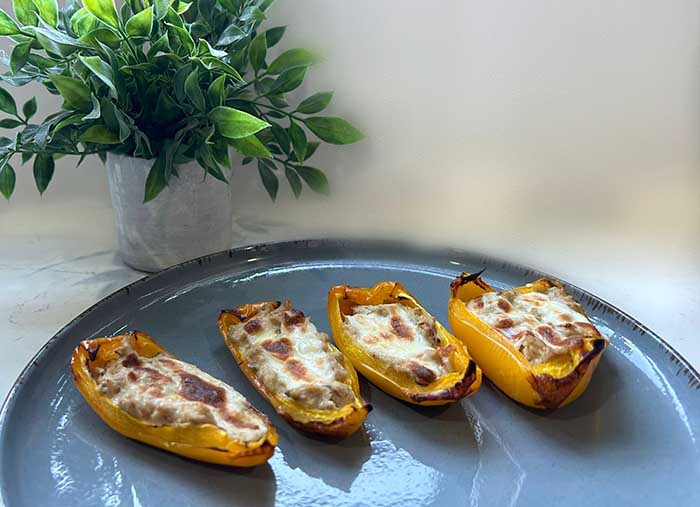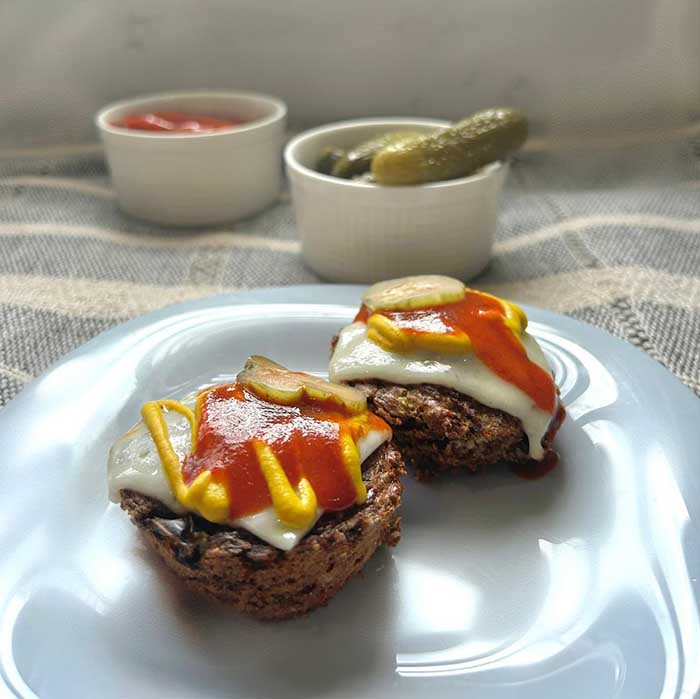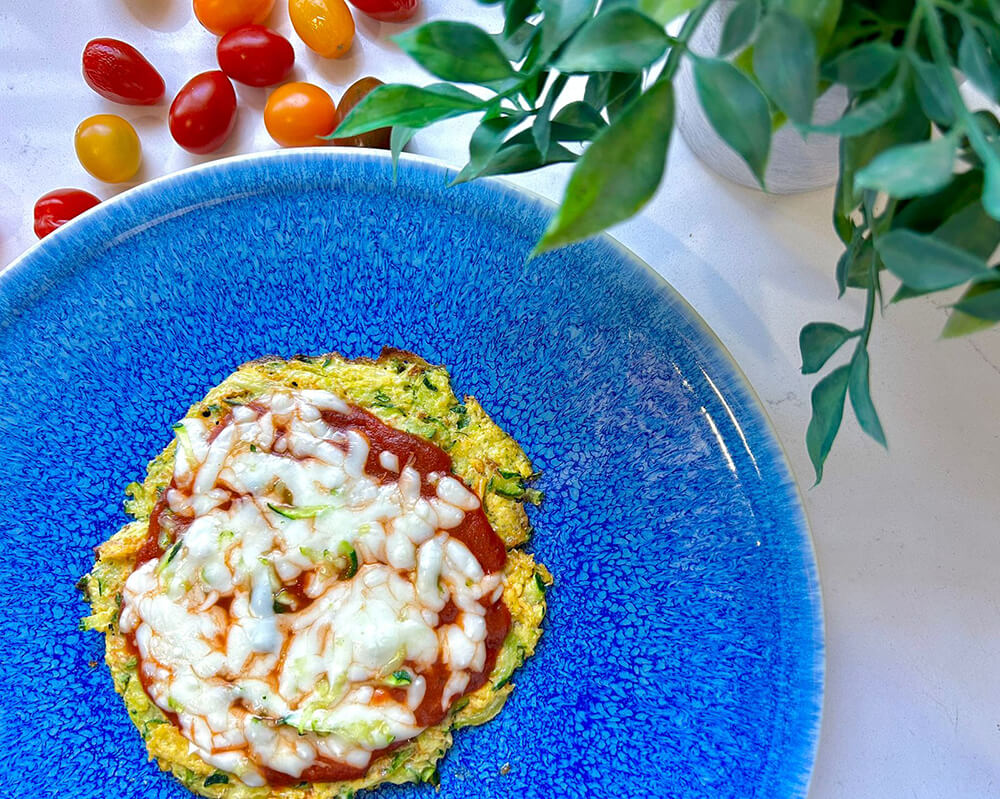The Difference in Restriction Among Bypass Patients
“Restriction will always vary among bypass patients; nobody can predict how your body will heal.”
The feeling of restriction varies among gastric bypass patients, this includes RNY and Mini bypass surgeries. Most patients report strong restriction, while a small percentage report little to no restriction at all. In this article we will explain what causes the difference.
How is restriction achieved?
Through smaller stomach pouch and anastomoses. During bypass surgery a larger part of the stomach is separated and sealed so food no longer travels through it. The upper stomach portion that resembles a small tube becomes a tiny new stomach that holds about 1-2 oz at a time. This is the first step in achieving restriction and reducing meal portions.
The second step is creating a connection between the stomach pouch and the small intestine through which food will leave the stomach after digestion and travel further down. This connection is called anastomoses or stoma. The diameter (or tightness) of this connection is responsible for how much restriction the patient will feel.
Can the surgeon make my stoma very tight?
No, for the following reasons:
- Swelling. Our body responds with swelling to any type of trauma or injury. Surgery is a trauma. Both the stomach pouch and the stoma become quite swollen which makes the stomach volume even smaller and the stoma tighter. The stomach acid that is being produced constantly also contributes to stomach and stoma irritation and as a result further swelling. (This is why it is so important to continue taking antacids post-op without skipping any doses, to keep that stomach acid under control and reduce swelling). If a surgeon makes the anastomoses (or stoma) too tight, the swelling could either temporarily close the bottom of the stomach pouch or leave very little room for fluids to go through. As a result, the patient will vomit frequently and suffer from severe dehydration. The swelling gradually subsides, but it takes about 1.5-2 months, and this is too much time to allow a person to suffer and not be able to consume enough fluids and nutrients. Thus, the surgeons need to take into consideration the possibility of swelling and leave enough room for it, making the stoma slightly larger.
- Scarring and stenosis. Another response to an injury is a natural process of scarring. In this case, it is a desirable effect. Why? Because naturally stomach and intestinal tissues are very soft and stretchy. Whereas scar tissue is sturdier and doesn`t stretch easily, thus providing a stronger restrictive feeling and keeping the stoma tight. With time, as years pass by, the anastomoses will always stretch a bit, for some more than others. It also depends on how often we overeat and stretch the pouch and stoma with larger meals. This may lead to revision surgery to tighten the stoma.
Not always the scarring process goes smoothly. Some patients develop excessive scar tissue that causes their stomach to narrow too much. This complication is called stenosis and may develop with time as our body heals and scars (usually happens within the first 4 to 12 weeks post-op). Although this diagnosis is quite rare, the surgeons must take it into consideration and avoid making the diameter of the stoma too small to start. Otherwise, if it narrows later, the person will not be able to eat or drink anything at all and will end up with a serious complication in the hospital.
What size of stoma will I get?
Dr. Zavalza and Dr. Hernandez strive to make an anastomotic diameter of no more than 20 mm, which proved to be the safest. As everyone recovers differently, those patients who develop very little scar tissue or whose stomach tissue is naturally very stretchy will experience less restriction. Whereas those who develop more scar tissue will feel stronger restriction. This is why it is not uncommon for gastric bypass patients to report more restriction (compared to early recovery stages) and even some struggling with food swallowing around 2 months post-op, once the scarring process is almost finished.
Conclusion
Restriction will always vary among bypass patients; nobody can predict how your body will heal. The surgeon will perform a bypass using the latest techniques that are effective and safe. Please follow the recommended diet guidelines, do not stretch your pouch, treat your tool with care so it serves you longer. Learn to stop eating once you feel satisfied.
For patients who do not feel much restriction we give the following recommendations: food texture matters a lot! Once you can tolerate solid food, give preference to solid meals rich in protein vs liquid meal replacements or protein shakes. Creamy and liquid food will pass through your stomach with no restriction, whereas a boiled egg or chicken breast will remain in the stomach pouch much longer and provide more satisfaction and the feeling of fullness. Do not drink while eating so you do not flush foods from your stomach pouch into the small intestine thus emptying your stomach pouch faster and consuming more than you need.
We hope this helps understand the restriction after the bypass surgery better and why it may differ among patients.
Written by Go Light Bariatrics
More From This Category
Left Side Stabbing Pain After Weight Loss Surgery
PPI and Antacid before & after weight loss surgery can not only decrease post-operative discomfort and pain, but prevent several serious post-op complications.
Tuna Melt Poppers
Delight with these Egg Zucchini Pizza. Consider for your protein-enriched pre-op diet.
Cheeseburger Mini Meatloaf
Delight with these Egg Zucchini Pizza. Consider for your protein-enriched pre-op diet.
Enchiladas Casserole
Enchiladas Casserole is comfort food to give you all the protein you need per meal considering your special dietary needs after weight loss surgery.
Beet Hummus
Delight with these Egg Zucchini Pizza. Consider for your protein-enriched pre-op diet.
Intermittent Fasting After Bariatric Surgery
Intermittent fasting can be an effective tool in maintaining long-term weight loss results after bariatric surgery, consider its benefits and contraindications.
Egg Zucchini Pizza
Delight with these Egg Zucchini Pizza. Consider for your protein-enriched pre-op diet.
Strawberry Yogurt Jello
This time we are serving up a delight that's as guilt-free as it is delicious: our Sugar-Free Strawberry Jello recipe. Consider for your protein-enriched pre-op diet.
Colorful Chicken Fajitas
Delight in the flavors of Mexico with these bariatric-friendly chicken fajitas. Consider for your protein-enriched pre-op diet.
PPI & Antacid in Weight Loss Surgery
PPI and Antacid before & after weight loss surgery can not only decrease post-operative discomfort and pain, but prevent several serious post-op complications.











0 Comments